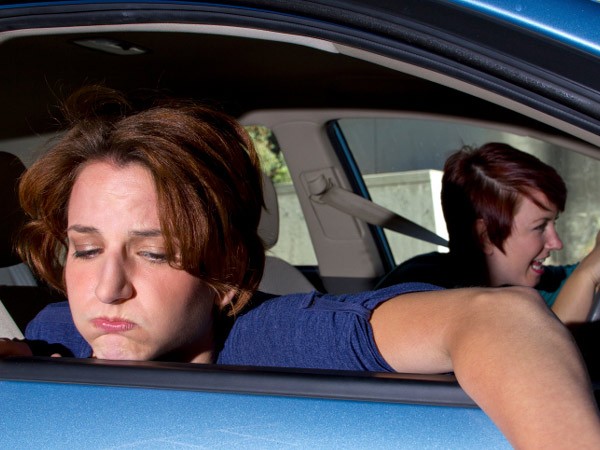We’ve heard a lot of questions about what the future of driverless cars will bring, but here is a new one: What if this great advance in transportation technology makes us motion-sick?
That’s a very likely possibility, argue Michael Sivak and Brandon Schoettle at the University of Michigan’s Transportation Research Institute. Plenty of people — almost always passengers — already get motion-sick in cars. But Sivak and Schoettle point out in a new paper that driverless cars, by their very design, will contribute to three of the big factors that make our stomachs turn.
The first is that we’re more likely to get motion sickness when our inner ear is telling us something different from our eyes (or, as Sivak puts it, when there’s a conflict between our visual and vestibular inputs). That means, for instance, that you may feel queasy when you’re reading a book in the back seat of a car, because your eyes tell you you’re not moving, but your inner ear insists that you are. This is also why your stomach may turn during a high-speed chase at the IMAX — your eyes think you are moving, but your inner sense of balance disagrees.



